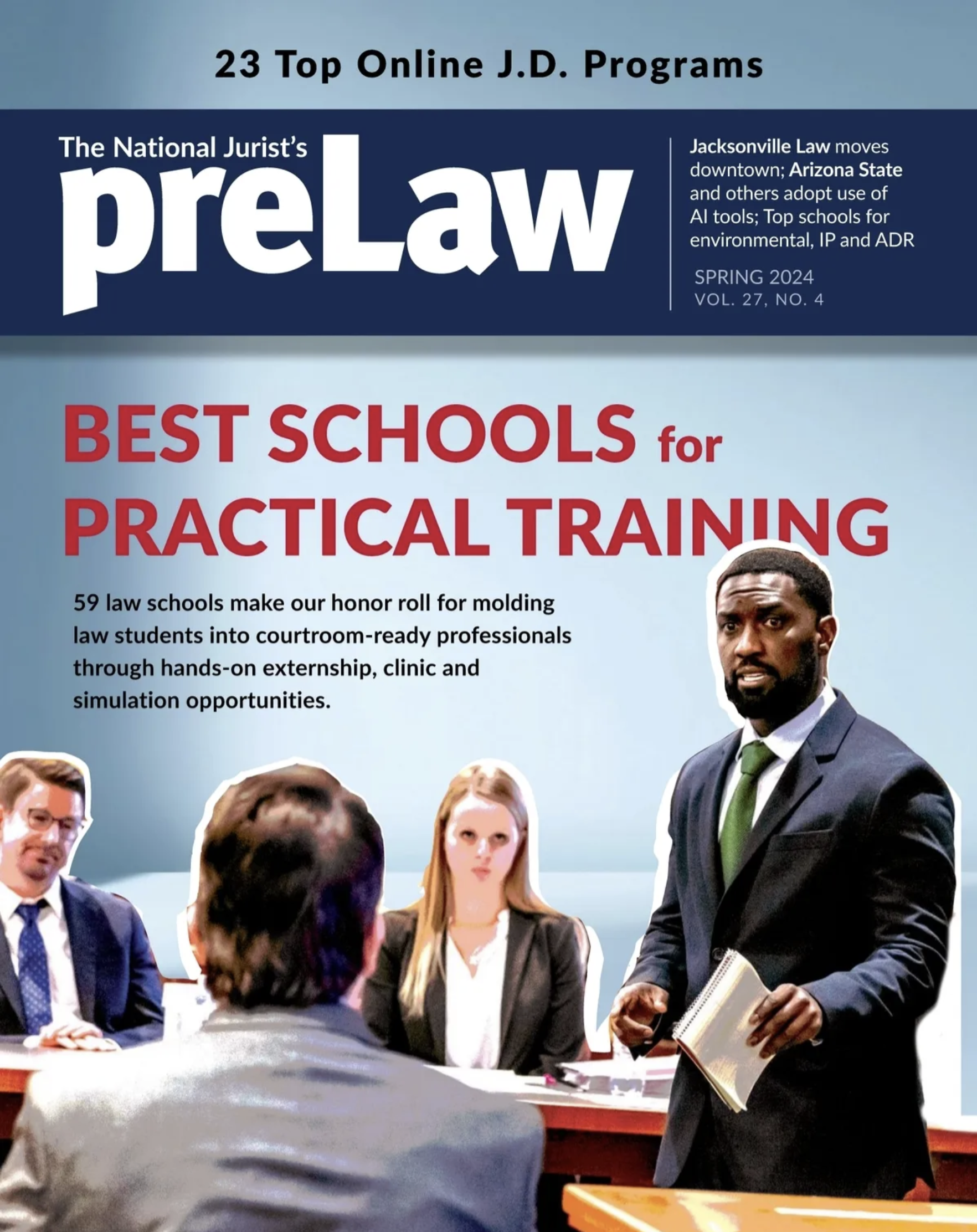Photo by Baim Hanif on Unsplash
Many first-generation law school students don’t have the easiest road getting into or completing law school. They have no parent or close relative who’s been there before to teach them the ropes. They’re the groundbreakers.
And those challenges don’t end at the crowning achievement of graduation, it appears.
Finding that all-important job is yet another hurdle.
A recent study by the National Association for Law Placement (NALP) found that first-generation students fared worse in landing jobs compared to their peers. They lagged 11 percentage points behind those graduates who had a parent who held a J.D. in getting bar-passage required jobs. They also trailed, but not as significantly, those students who had at least one parent with a college degree.
It was the first time NALP looked at the relationship between the two groups in its annual, broader report on employment, Jobs & JDs, Employment and Salaries of New Graduates, Class of 2020.
One reason for the gap may be that first-generation students lack the “social capital” that their fellows students have who had at least one parent attend college, said James Leipold, NALP’s executive director.
“Social capital here would include things like networks of relationships, understanding of professional norms, confidence and comfort interacting in a professional setting, but also can include things like wardrobe,” he said.
He noted that in all professions and professional settings there are unwritten rules and norms that are learned over time and absorbed almost by osmosis from the people around us.
“Students with a parent who went to law school bring more familiarity with those unspoken rules and norms of the legal profession with them than do students whose parents are not lawyers, and certainly more than students whose parents have not attended college,” he said.
The results aren’t broken down by school, meaning Harvard Law School’s employment results for first-generation students may be different, given that school’s prestige.
Leipold cautioned that this data is new and therefore lacks comparison. No trends can be established. But it will be part of NALP’s report moving forward. “Over time we hope to be able to build more robust trend data in this area,” he said.
Not surprisingly, given socioeconomic realities, most of the first-generation students are people of color. According to NALP:
“Overall, 22.5% of Class of 2020 graduates reporting parental education data were first-generation college students, but this figure was higher for Native American or Alaska Native (55.0%), Latinx (41.9%), Black (35.9%), and Native Hawaiian or other Pacific Islander (33.3%) graduates.”
When it comes to the broader NALP report, it again showed that Whites do better than their counterparts in employment results. That’s a continuing trend.
“White/Caucasian graduates had the highest employment rate (90.1%), while Native Hawaiian or other Pacific Islander and Black or African American graduates had the lowest employment rates (81.5% and 83.8%, respectively).”
Aaron N. Taylor, executive director of the AccessLex Center for Legal Education Excellence, for one, was not surprised by the findings regarding first-generation students.
“Data from studies going back decades have shown disparate employment outcomes, based on a law graduate’s socioeconomic background,” he said. “Parental education is a particularly potent proxy for socioeconomics because of the relationships between educational attainment and the acquisition of social, cultural, and economic capital.”
And it doesn’t help that law firms normally don’t cast wide nets when looking for associates. “Legal employers, especially large law firms, often recruit at only a narrow range of schools and only among a small proportion of students at those schools,” Taylor said. “These narrow focuses invariably advantage students who enter law school already possessing certain advantages.”
Their hiring needs to be more progressive, he added, to better diversify the ranks. “Typical hiring criteria, such as class rank, often fall short of capturing the skills needed to be an effective and ethical lawyer. A broader consideration of skills and abilities could yield a more diverse and more qualified pool of new hires.”
Leipold explained how law firms have been conducting on-campus interviews with first year students earlier, which actually hurts first-generation students and people of color. They often need their full first year or even longer to get their bearing and really hit their stride, he said.
“The delayed OCI that we saw during the pandemic, with recruiting taking place in the winter/spring of the second year of law school, would be much better timing for both first-generation students and students of color,” he said. “Unfortunately, that is not the direction of the timing trends in recruiting right now.”
As noted, the road for first-generation students can be difficult. They tend to be older, incur greater debt and may have children. As part of the 2014 annual report by the Law School Survey of Student Engagement, research was done of this cohort. It noted:
“First-generation students face a myriad of challenges in higher education. At the undergraduate level, they tend to apply to college with lower admissions indicators (e.g., grade point averages, standardized test scores) than other students, and once enrolled, they tend to persist and graduate at lower rates. The challenges faced by first-generation students have roots in academic, social, and financial realms.”
Some schools have started programs to assist these students, given their challenges. Taylor believes that’s vitally important.
“Law schools can undertake efforts to ensure that law students from lower socioeconomic backgrounds have the various forms of support they need,” he said. “Things like awarding scholarships based on financial need and providing well-designed courses and robust academic support could go a long way in supporting all students as they prepare for the profession.”
In an earlier National Jurist story, one first-generation student, Jasmine Richardson, who was attending New England Law | Boston, put it this way:
“It’s really hard to get directions when you’re the blueprint. You have a sense of urgency to do everything right the first time. As a first-generation student (in law school or otherwise), there’s extra pressure to meet familial and societal expectations — and often no one in your inner circle who can help.”
That school has a program, called First Generation Students Program, which was launched in 2018. It offers one-on-one advising, workshops and networking opportunities, to name a few of its supportive efforts.







